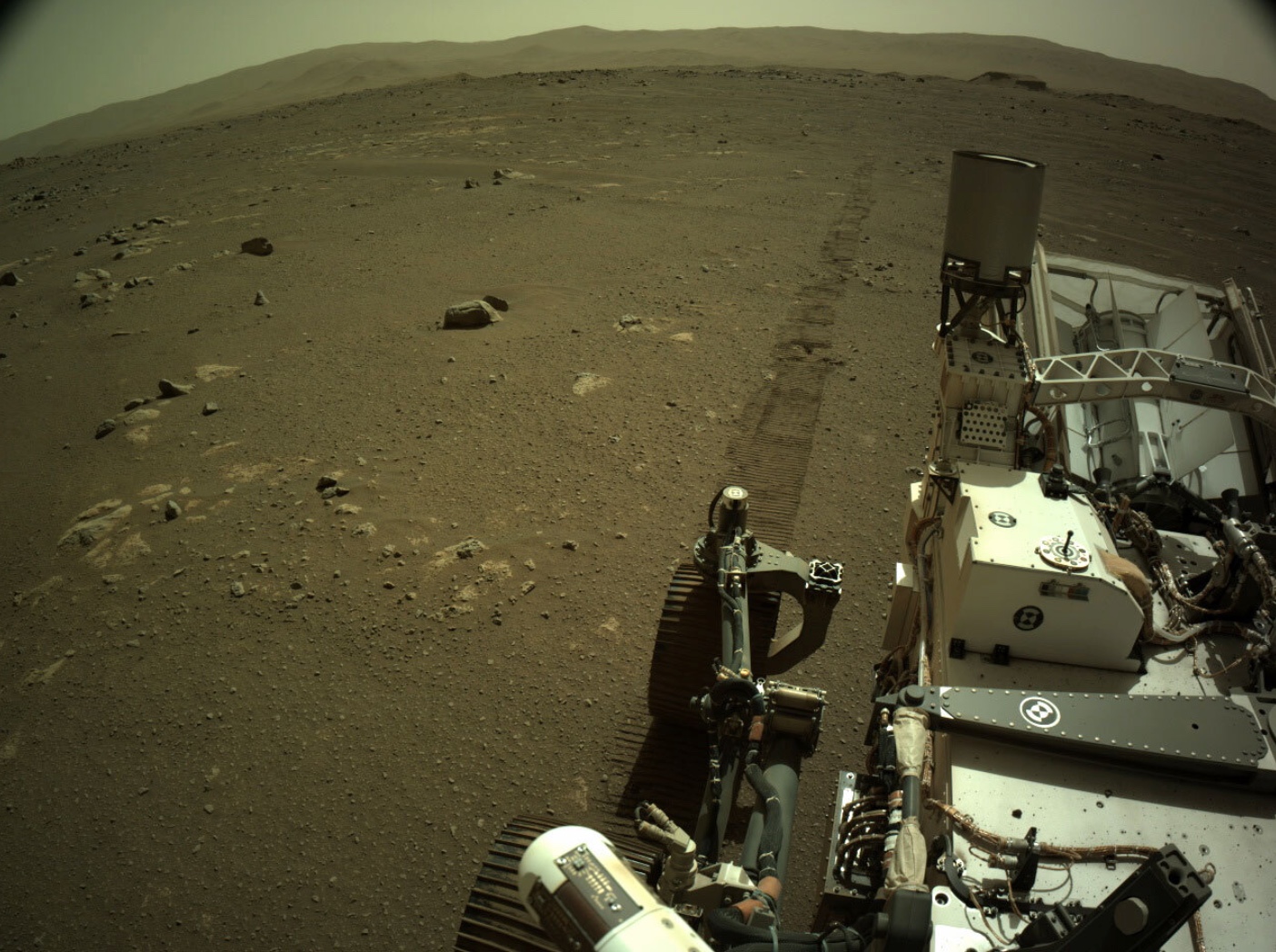Die NASA hat in den Jahren 2010 bis 2020 jeden Tag Fotos der Sonne gemacht und diese dann zu diesem 61 minütigem Video zusammengefasst. „A Decade of Sun“.
Einen Kommentar hinterlassenAs of June 2020, NASA’s Solar Dynamics Observatory — SDO — has now been watching the Sun non-stop for over a full decade. From its orbit in space around the Earth, SDO has gathered 425 million high-resolution images of the Sun, amassing 20 million gigabytes of data over the past 10 years. This information has enabled countless new discoveries about the workings of our closest star and how it influences the solar system.






